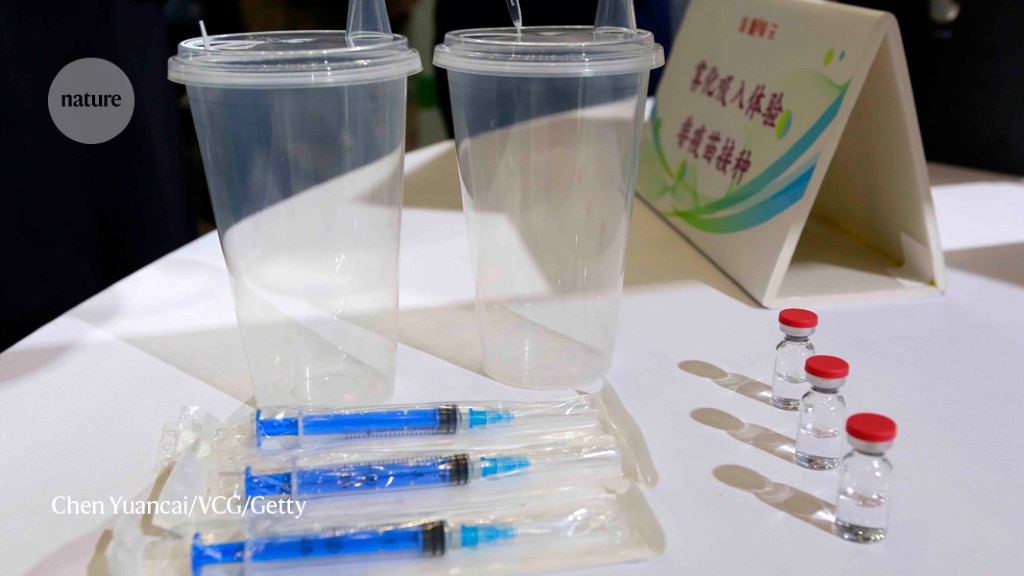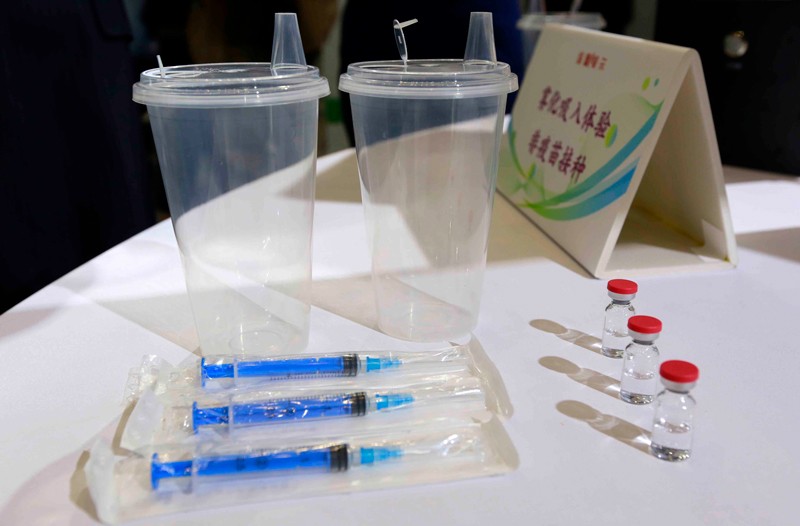Two needle-free COVID-19 vaccines that are delivered through the nose or mouth have been approved for use in China and India. China’s new vaccine, announced on Sunday, is inhaled through the nose and mouth as an aerosolized mist, and India’s, announced on Tuesday, is administered as drops in the nose.
These mucosal vaccines target thin mucous membranes that line the nose, mouth and lungs. By prompting immune responses where SARS-CoV-2 first enters the body, mucosal vaccines could, in theory, prevent even mild cases of illness and block transmission to other people — something COVID-19 shots have been unable to do. Vaccines that produce sterilizing immunity would be game changing for the pandemic.
“These approvals validate the need for mucosal vaccines,” says Marty Moore, co-founder of Meissa Vaccines in Redwood City, California, which is developing a COVID-19 immunization that is delivered through the nose. “That’s the direction we need to go globally, and the United States needs to catch up.”
The regulatory nods from China and India bring the number of approved COVID-19 mucosal vaccines in the world to four, including one already approved in Iran and another in Russia. More than 100 mucosal vaccines against the disease are in development globally, and about 20 have reached clinical trials in humans, according to Airfinity, a health-analytics company in London. Delivery methods include sprays, drops, aerosols and pills.
New arrivals
China’s inhaled vaccine, developed by CanSino Biologics in Tianjin, contains the same ingredients as the company’s COVID-19 shot that is already available in the country. A device called a nebulizer turns the liquid vaccine into an aerosol spray that is inhaled. China’s health department and National Medical Products Administration approved the vaccine to be used as a booster dose.
India’s vaccine, developed by Bharat Biotech in Hyderabad, is approved as a two-dose primary inoculation, rather than a booster.
Both companies have produced ‘viral vector’ vaccines that use a harmless adenovirus to deliver SARS-CoV-2 genetic material into host cells. Neither company has published phase III clinical-trial data, but both say they have completed those studies.
Data from a phase II trial of CanSino’s inhaled vaccine found that, when given as a booster, the vaccine raised blood-serum antibody levels significantly more than did a boost from an injection. This suggests that the inhaled vaccine will offer protection that is as good as, or better than, that provided by the shot.
Similarly, Bharat compared its intranasal vaccine to Covaxin, a COVID-19 jab available in India, by measuring antibody levels in the blood. The company did not release results of this study, but deemed the trial “successful”.
Exactly how successful these vaccines will be is unclear. Expecting a vaccine to stop transmission of a virus or prevent even mild illness — achieving what is called sterilizing immunity — is a high bar. Bharat and CanSino won’t know whether their vaccines can achieve this until they have conducted further efficacy studies.
Scant data are available on the efficacy of the two other mucosal COVID-19 vaccines. Iran approved a COVID-19 vaccine administered as a nasal spray and made by Razi Vaccine and Serum Research Institute in Karaj in October 2021. More than 5,000 doses have been delivered to the public. And Russia’s health ministry is reported to have approved an intranasal-spray version of Sputnik V, the country’s injected COVID-19 vaccine.
Mucosal vaccines have been developed for other diseases, including polio, influenza and cholera. Most of these vaccines are taken orally, and one, against flu, is administered through the nose.








More News
US funders to tighten oversight of controversial ‘gain-of-function’ research
Bird flu in US cows: where will it end?
Daily briefing: Why exercise is good for us